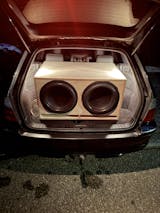Remaining stock clearance sale
HERE!
00
DAYS
00
STD
00
MIN
00
SEC


























